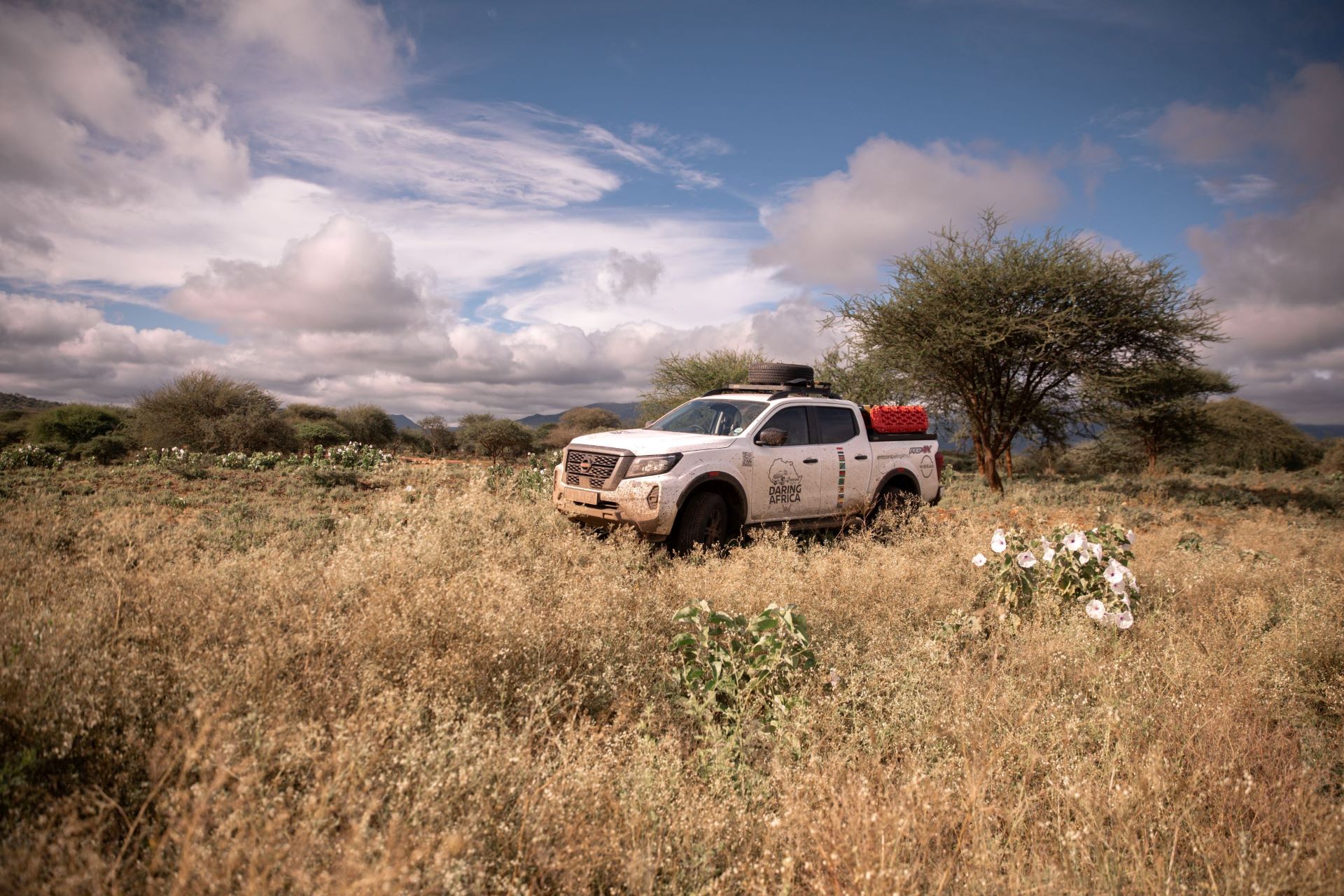However, the story of hybrids and their development within the Volvo Group started long before the successful field tests in London. This is something of which Anders Kroon, technical director at Volvo Powertrain, is all too well aware. He is one of the people who have been involved from the very start.

“This is one of my greatest passions. I am a real enthusiast when it comes to hybrids and I’m delighted at their success,” he says and explains that the new technology was not just accepted from the beginning.
”Research on hybrids has been in progress in the Group since the beginning of the 1980s, but an enthusiastic group of us started working on it in earnest just over 10 years later. It goes without saying that many people were sceptical and questioned whether we actually needed to develop an alternative to the diesel, which was already so effective,” he explains.
Anders Kroon goes on to talk about the work on the first early concept vehicles and the discussions about which technology was best, parallel or series operation. He draws diagrams to illustrate this on his notepad.
“As the name suggests, the series hybrid has a series of components that are interdependent. The combustion engine powers a generator that produces electric current and it then powers the electric motor that drives the wheels. There are large energy losses in a bus or truck which is built as a series hybrid,” explains Anders Kroon.
“In a parallel hybrid, on the other hand, the wheels are driven by either the combustion engine or the electric motor in a parallel system – or both at the same time.
Even if the technology is more complicated, it’s better for customers. It costs less and saves more fuel. That’s why we chose to invest in a parallel hybrid for both buses and trucks and I’m convinced that this is one of the reasons why the Volvo Group is so far head when it comes to current hybrid technology,” adds Anders Kroon.
In 2004, when Toyota released its hybrid car, the Prius Generation 2, it was an indication that the market was starting to accept the technology, according to Anders Kroon.
“We already knew that we were at the leading edge and it was simultaneously both nervous and fantastic,” he says.
Two years later, in 2006, the Volvo Group was able to present two prototypes, a bus and a truck, to the press. At the same time, the then CEO, Leif Johansson, said that these vehicles would be on the road within the following three years. That was when the real work began, according to Anders Kroon.
“Until then, we had only built demonstration vehicles. We were now going to develop an entirely new driveline for vehicles on the market. It was an adventure,” he says and describes many late evenings with an “unbelievably enthusiastic team” of engineers from different parts of the Group.
The work paid off. The vehicles were launched and Anders Kroon and his colleagues were presented with the 2009 Volvo Group Technology Award.
Hybrid technology is ideal for Volvo Buses’ products. Short driving distances with many stops and starts enables the technology to be utilised to the full. In addition, many bus companies have to comply with the demands imposed by cities and the authorities to cut emissions and so they are investing in hybrids, just as London has done.
Moreover, the Group’s truck companies are also working to develop hybrids Since 2006, Thierry Perret at Volvo 3P has been managing a project designing hybrid trucks for the European market. Approximately one hundred people from several of the Group’s companies have been collaborating closely and the production of the first Volvo and Renault trucks recently began.
“The team has really worked together very well and we have succeeded in developing hybrid trucks with fuel savings of between 15 and 30 per cent and can sometimes reach 40 per cent,” he explains.
Earlier this year, Volvo Trucks launched its Volvo FE Hybrid truck. Christina Eriksson is head of the Group’s business operations when it comes to alternative fuels in Europe.
“The truck has been given an excellent reception. It’s alert, distinct and quiet,” she says and adds that the Volvo FE Hybrid is ideal for distribution or refuse collection.
“The truck customers who invest in a hybrid are often the ones with a clear-cut environmental profile which they want to make visible. So far, this only accounts for a very small part of our business, but it’s absolutely essential that we demonstrate that we have mastered this technology and have alternatives. Working on alternative fuels is extremely stimulating. The customers are often enthusiastic and we are strengthening our environmental profile and brand,” she says.
Karine Forien, the person responsible for the development of alternative fuels at Renault Trucks, also believes that it is important to offer customers alternatives. “At the present time, eight in every ten Europeans live in cities. They expect to get their goods delivered in time, but, at the same time, they also want a good environment and quality of life as citizens,” she says.
Since the end of 2008, Renault Trucks has been developing and testing its hybrid truck, the Renault Premium Distribution Hybrys Tech, as a refuse truck in Lyon, and with Colas, a company that delivers construction materials, among other things.
“Everyone is extremely pleased. Colas has, for example, noted fuel savings of 20 per cent and, at the same time, the truck is given top ratings by drivers because it is easy to drive,” she says.
Mack is also working on the development of hybrids. The company is one of the leaders in the USA when it comes to refuse trucks and, in New York, a Mack TerraPro hybrid refuse truck is currently in operation.
At Volvo Construction Equipment, Jenny Elfsberg, director of emerging technology, talks about the construction equipment that could be suitable for hybrid technology.
“Large machines that don’t move very much, like the ones in stone quarries, are one example. Our products have the potential for energy recovery in both the driveline and the working hydraulics systems. This explains why our solutions differ from those that are suitable for buses and trucks. Both hydraulic and electric hybrids are relevant at Volvo CE, as we have many different machines that are used in various ways,” she explains.
As yet, Volvo CE has no hybrids on the market, but, according to Jenny Elfsberg, work on developing the different technologies is in progress within the company.
“This is a strategically important area for us, but it also needs to be profitable for the customer. If customers are to invest in hybrid machines, it’s important that they benefit both their business operations and the environment,” she adds.
The future for hybrids looks bright, according to Anders Kroon.
They think the demands major cities impose are going to be stepped up, so that more hybrids or even clean electric vehicles will be required in city centres. The city bus segment also offers the greatest potential. Volvo Buses also recently announced that it is testing a plug-in hybrid bus in Gothenburg in Sweden. It can cover long distances powered exclusively by electricity.
“The dream continues. Developments are moving forward towards even better, more advanced technology. It’s fantastic to have been part of things since the very start,” says Anders Kroon.


